Description
The Newton EMCCD is a cutting-edge platform designed for ultra-sensitive and ultrafast spectroscopy applications. This advanced device is equipped with Electron Multiplying (EM) technology that amplifies charge from each pixel on the sensor before readout, delivering single photon sensitivity. With a 1600 x 200 or 1600 x 400 array of 16 μm pixels, the Newton EMCCD is perfectly optimized for high-resolution spectroscopy, making it a preferred choice for researchers and professionals in the field.
One of the standout features of the Newton EMCCD is its thermoelectric cooling capability, which can reach temperatures as low as -100°C. This ensures negligible dark current, thus enhancing the overall performance of the device without the need for inconvenient liquid nitrogen cooling. The platform also boasts a high-speed 3MHz readout and USB 2.0 plug-and-play connectivity, facilitating seamless integration and operation with a variety of setups, including the USB-based Shamrock spectrograph family.
The Newton EMCCD is designed with dual output amplifiers that offer the flexibility to switch between conventional High Sensitivity and Electron Multiplying outputs via software. This adaptability allows the device to cater to a wide range of photon regime conditions, making it ideal for ultrafast chemical mapping applications such as Surface Enhanced Raman Scattering (SERS), Tip Enhanced Raman Scattering (TERS), or luminescence mapping. Its robust construction and innovative design make it a market leader in spectroscopic applications, delivering unrivaled performance and reliability.
Newton EMCCD DU970P 1600 Pixel Spectroscopy Camera with TE Cooling
Specifications
| Sensor Type: | EMCCD |
|---|---|
| # Pixels (Width): | 1600 |
| # Pixels (Height): | 200 |
| Pixel Size (Square): | 16 um |
| Peak Quantum Efficiency: | 97 % |
| Full Frame Rate: | 649 fps |
| Bit Depth: | 16 bit |
Features
- EM Sensor Technology: Achieve <1e- read noise for ultra-sensitive detection.
- Fringe Suppression Technology: Minimize fringing for NIR applications with the 970-BVF model.
- Multi-Megahertz Readout: High repetition rates with low noise electronics for rapid data acquisition.
- TE Cooling to -100°C: Enjoy negligible dark current without the need for liquid nitrogen.
- UltraVac™ Technology: Ensures sustained vacuum integrity for unmatched cooling and quantum efficiency.
- 16 x 16 μm Pixel Size: Optimized for high-resolution spectroscopy.
- Dual Output Amplifiers: Choose between High Sensitivity or Electron Multiplying outputs for varying light conditions.
- Crop Mode Operation: Achieve spectral rates of over 1,500 spectra per second.
- USB 2.0 Connection: Ideal for laptop operation and seamless integration with Shamrock spectrographs.
- Solis Software for Spectroscopy: User-friendly interface for comprehensive detector and spectrograph control.
- Software Development Kit (SDK): Easy integration with Matlab, Labview, Visual Basic, or C/C++ for complex setups.
Applications
- Ultrafast Chemical Mapping: Ideal for high-speed Raman, SERS, and TERS spectroscopy requiring rapid spectral acquisition.
- Low-Light Luminescence Detection: Perfect for fluorescence and photoluminescence studies at extremely low light levels.
- Atomic and Molecular Spectroscopy: Suitable for precision absorption and emission spectroscopy with low noise.
- Photon Counting and Single Molecule Studies: Enables sensitive detection of single photons for advanced research.
- Near-Infrared Spectroscopy: Fringe suppression enhances measurements in NIR spectral regions.
- Environmental and Material Analysis: Effective for trace gas detection, pollutant monitoring, and material characterization.
- Time-Resolved Spectroscopy: Supports dynamic measurements requiring fast temporal resolution.
Frequently Asked Questions
What is the Newton EMCCD DU970P used for?
What is the pixel size of the Newton EMCCD DU970P?
What is the maximum cooling temperature of the Newton EMCCD DU970P?
What is the read noise of the Newton EMCCD DU970P?
What is the maximum number of spectra per second that the Newton EMCCD DU970P can achieve?
Similar Products
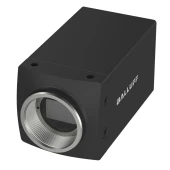
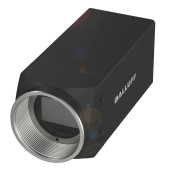
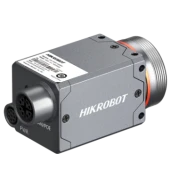
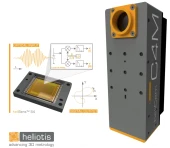
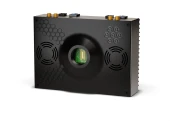
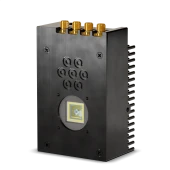
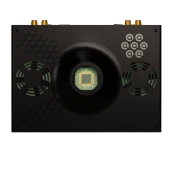
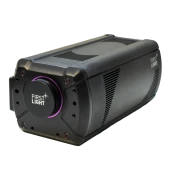
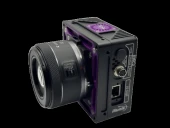
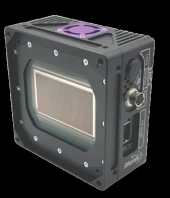
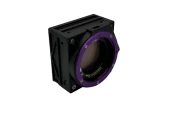
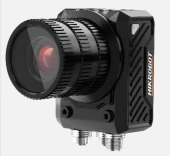
Your inquiry has been received.
Create an account by adding a password
Why create an account?
- Auto-complete inquiry forms
- View and manage all your past messages
- Save products to your favorites
- Close your account anytime — no hassle
